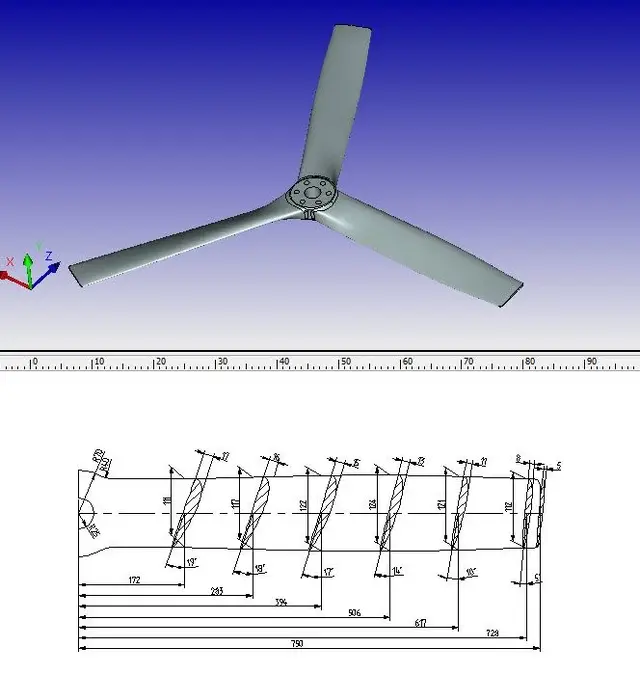I personally agree to move the discussion.
about post of marcof, I would have several observations to make.
but this is very old releases, I prefer to focus on topicality.
If someone tells me how to do it, I can still attach a comparison of the functions of sw, tf, proe of that period.
back to current events, not yet seen sw 2012: I just read the release notes. it seems to me however that sw is not improving much that in recent versions; developers seem to focus on their future projects of catified applications on a single kernel, something between web based and cloud computing.
http://www.develop3d.com/features/the-death-of-solidworksat the moment, I can list what is known in comparison with the 2011 version:
- t-flex has many more options in modeling operations, as it implements a greater number of parasolid features. among these, there are sensitive differences in favor of t-flex especially in fittings and joints, sweep, loft, boolean, matrices, pattern
- the robustness of t-flex compared to changes made to the assemblies is greater, due to a much larger set of fastening options
- t-flex implements a higher parameterization level, in terms of the ability to create variable geometries and assemblies, including db
- compared to the potential of 2d parametric, t-flex is absolutely unique, compared to any other program
- t-flex offers a cospiquo set of integrated tools for creating custom interfaces (dialogue windows) for controlling the behaviour of parametric models
- t-flex 12 is very fast in graphic performance in the various modes (probably at the moment it is the fastest mcad program in absolute regarding graphics, and additional optimizations are coming). Moreover, t-flex gets these performance levels even with generic graphics cards and gaming cards, not only with professional cards.
between t-flex and sw there are many differences. the problem of comparison is that there are hundreds of differences between one cad and the other, and this list of differences changes continuously, to the release of new versions. For example, in sw 2012 a faithful copy of the variable t-flex editor was introduced, although the sw version does not support all t-flex functionality due to an intrinsically different parametric engine.
http://www.fcsuper.com/swblog/?p=2978

